FUNDING CUTS IMPACT CT HUMANITIES: Help CT Humanities navigate recent funding cuts and continue our vital work across Connecticut. All donations made to CTH will be matched dollar-for-dollar up to $50,000. Donate today!
Now Viewing:
Bridgeport
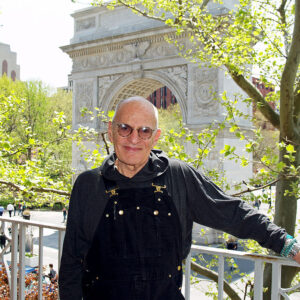
Larry Kramer: Gay Rights and HIV/AIDS Activism
Larry Kramer’s impactful literature and advocacy endeavors altered negative national perceptions to significantly improve AIDS health policies.
Read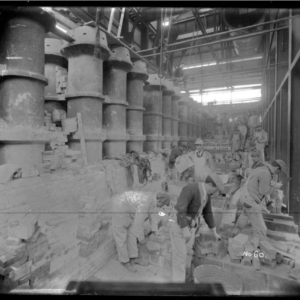
Early Connecticut Gas Light Companies
The first private gas light companies in Connecticut appeared just before 1850 in New Haven, Hartford, and Bridgeport.
Read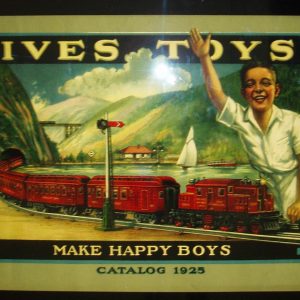
The Ives Manufacturing Company: Connecticut’s Foremost Toy Maker
The Ives Manufacturing Company—arguably Connecticut’s most famous toy company—became known for its variety of clockwork toys and trains.
Read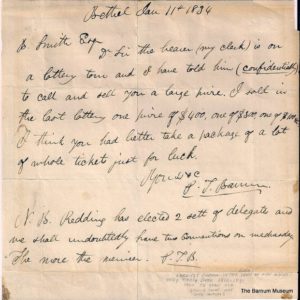
P. T. Barnum’s Lottery
Known for entertainment, this showman gained experience in engaging the public, and profiting from it, by running a lottery in Bethel.
Read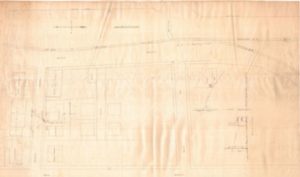
Murder on the Map: The Mysterious Death of Captain George M. Colvocoresses
At first glance, this hand-drawn map appears unremarkable but it depicts the scene of a sensational crime in Bridgeport.
Read
The Black Panther Party in Connecticut: Community Survival Programs
The Black Panthers had a significant presence in Connecticut in the 1960s and ’70s, particularly through community programs aimed to serve minorities living in the state’s more urban areas.
Read
Edwin Land Inventor of the Polaroid Born – Today in History: May 7
On May 7, 1909, Edwin Herbert Land, founder of the Polaroid Corporation, was born in Bridgeport, Connecticut.
Read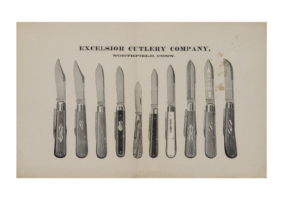
Connecticut Pocketknife Firms
Connecticut pocketknife production began around 1840. Over the next two decades, Connecticut became the earliest state to have a burgeoning craft.
Read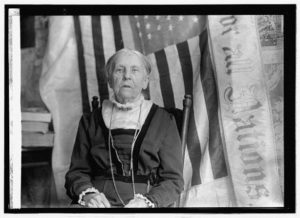
America’s First Ordained Woman Minister: Olympia Brown and Bridgeport’s Universalist Church
Long-time Bridgeport resident Olympia Brown was the first woman ordained as a minister in the United States and campaigned vigorously for women’s suffrage.
Read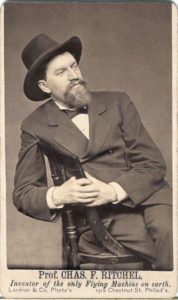
Charles Ritchel and the Dirigible
An entrepreneur’s design for a lighter-than-air vehicle takes flight in the late 1800s and inspires a new state industry.
Read
Bridgeport’s WPKN: Going Strong After Half a Century
Bridgeport’s community radio station, WPKN, is still going strong after half a century, offering unique and eclectic programming.
Read
Jim Flora Captures 20th-Century Pop Culture
From jazz album covers to magazines and children’s books, Rowayton artist Jim Flora created works that helped document life in 20th-century America.
Read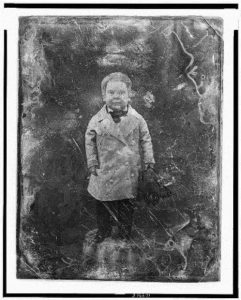
“Tom Thumb” Born – Today in History: January 4
Charles Stratton, born in Bridgeport on January 4, 1838, toured the world with P. T. Barnum under the name, General Tom Thumb.
Read
Beechmont Dairy: Bridgeport’s Ice Cream to Die For
Joseph Niedermeier Sr. founded the Beechmont Dairy in Bridgeport in 1906—a popular local business for over 60 years.
Read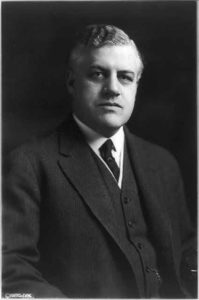
The “Red Scare” in Connecticut
The Palmer Raids, launched in Connecticut in 1919, were part of the “Red Scare” paranoia that resulted in numerous civil rights violations committed by law enforcement officials.
Read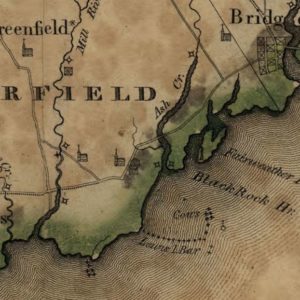
Caleb Brewster: A Patriot Against Freedom
Caleb Brewster—Fairfield, Connecticut’s resident member of the Culper Spy Ring during the Revolutionary War—was also an active participant in the African Slave Trade.
Read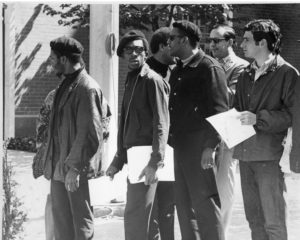
The Rise of the Black Panther Party in Connecticut
The Black Panther Party in Connecticut fought for an end to discriminatory legal and regulatory practices, often clashing with authorities to achieve their goals.
Read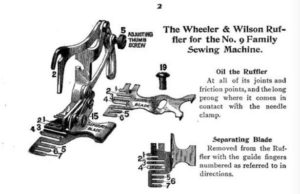
Wheeler & Wilson: A Stitchy Situation in Watertown
The Watertown firm of Wheeler & Wilson Manufacturing produced one of the most successful products of the late 19th century.
Read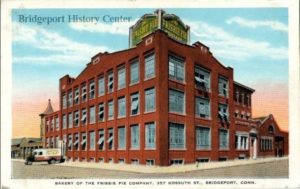
A Pie Tin’s Soaring Sales
Tins used to hold pies at William Frisbie’s pie company in Bridgeport in the late 1800s reportedly provided the inspiration for Wham-O’s most popular toy, the Frisbee.
Read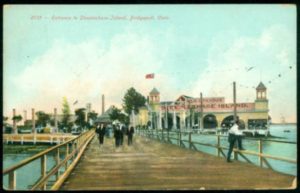
A Unique Island Attraction in Bridgeport
When Bridgeport annexed the borough of West Stratford in 1889, the acquisition came with a a small 37-acre parcel of land on a barrier island at the mouth of Bridgeport Harbor.
Read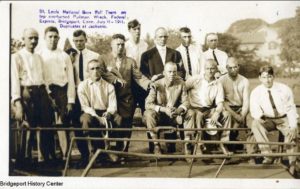
Bridgeport’s Catastrophic 1911 Train Wreck
In the early morning hours of July 11, 1911, a train derailed in Bridgeport, killing fourteen people. Among the first responders were members of the St. Louis Cardinals baseball team.
Read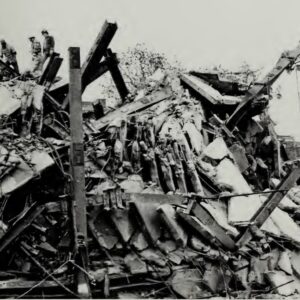
The Collapse of the L’Ambiance Plaza
On April 23, 1987, twenty-eight workers lost their lives during a collapse at the L’Ambiance Plaza construction site in Bridgeport.
Read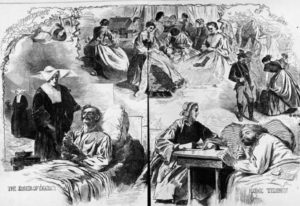
Bridgeport Women Answer the Call – Today in History: April 15
On April 15, 1861, the women of Bridgeport created the nation’s first soldiers’ aid society during the American Civil War.
Read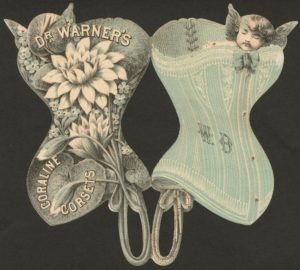
From Bombs to Bras: World War I Conservation Measures Transform the Lives of Women
A shortage of metal during World War I encouraged women’s clothing manufacturers (such as Bridgeport’s Warner Brothers Corset Company) to switch from producing corsets to brassieres.
Read
Charles Stratton and Lavinia Warren Wed – Today in History: February 10
He was rich, handsome and famous, she was considered a great beauty and their wedding was front page news around the nation.
Read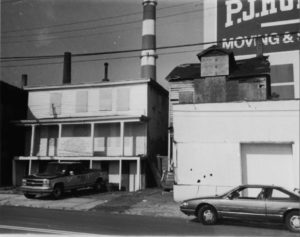
Mary and Eliza Freeman Houses
The Mary and Eliza Freeman houses are the only remnants of “Little Liberia,” a settlement of free African Americans in Bridgeport that began in 1831.
Read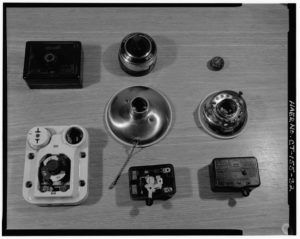
The Rise and Fall of Manufacturing in Bridgeport: The Case of Bryant Electric
For one hundred years Bryant Electric was a staple of Bridgeport industry, adapting to the challenges of the changing industrial landscape in America.
Read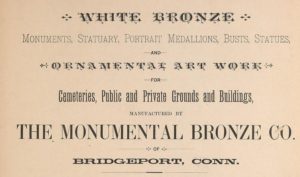
Monumental Bronze Company
The Monumental Bronze Company of Bridgeport was the only producer of a unique type of grave marker in the United States between 1874 and 1914.
Read
Kate Moore: Lighthouse Keeper and Coast Guard Heroine
In the 1800s, Kate Moore was pioneering lighthouse keeper in Bridgeport, assuming her responsibilities at age twelve.
Read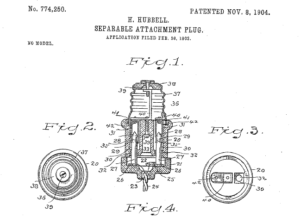
First US Detachable Electric Plug – Today in History: November 8
On November 8, 1904, Harvey Hubbell II patented the first detachable electric plug in the United States.
Read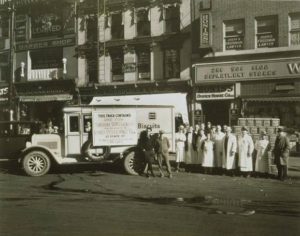
Oystering in Connecticut, from Colonial Times to the 21st Century
Why tasty Crassostrea virginica deserves its honored title as state shellfish.
Read
Caleb Brewster and the Culper Spy Ring
Caleb Brewster used his knowledge of Long Island Sound to serve as a member of the Culper Spy Ring during the Revolutionary War.
Read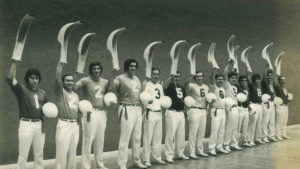
“The Basque Game in Town”: The Heyday of Jai Alai in Connecticut
Organized jai alai came to Connecticut in the 1970s, but charges of corruption soon brought the sport to an end in the Nutmeg State.
Read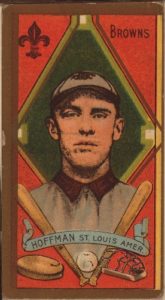
A Real Connecticut Yankee’s Baseball Career Cut Short
An up-and-coming baseball star discovered playing on the lots of Collinsville, Danny Hoffman played in the majors before joining the New York Yankees.
Read
Bridgeport’s Walt Kelly, Creator of Pogo
Bridgeport resident Walt Kelly was the creator of Pogo, a wildly popular comic strip during the middle of the 20th century.
Read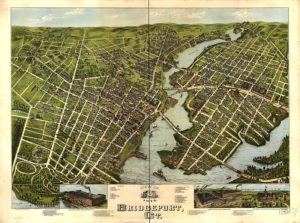
Bridgeport: The First Borough
Bridgeport, by a special act of the state’s General Assembly in October 1800, became the first borough created in Connecticut.
Read
Charles Stratton and Lavinia Warren Wed – Today in History: February 10
He was rich, handsome and famous, she was considered a great beauty and their wedding was front page news around the nation.
Read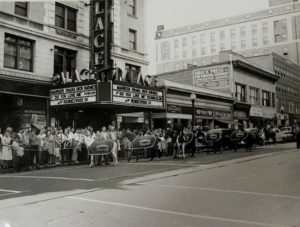
A 1947 Movie Details the Unsolved Murder of a Bridgeport Priest
An unusual murder of a Bridgeport, Connecticut, priest in 1924 inspired the movie, Boomerang!, which debuted at the Cannes Film Festival in 1947.
Read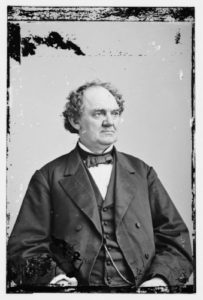
P. T. Barnum Dies – Today in History: April 7
On April 7, 1891, the showman and entertainer, P. T. (Phineas Taylor) Barnum died in Bridgeport.
Read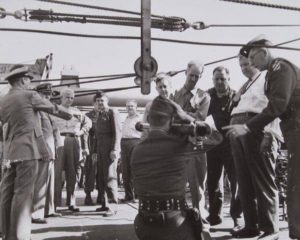
The Bazooka Changes War – Today in History: June 14
On June 14, 1942, the General Electric Company in Bridgeport finished production on the “Launcher, Rocket AT, M-1,” better known as the bazooka.
Read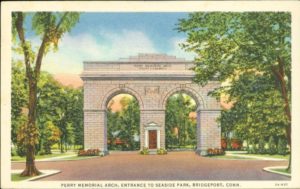
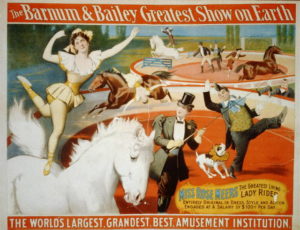
P. T. Barnum: An Entertaining Life
Once declared “the most widely known American that ever lived,” this showman’s life story is as colorful as the entertainments he provided in the mid-1800s.
Read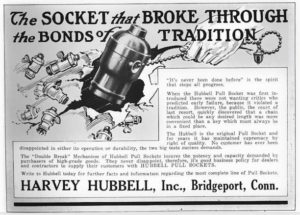
Hubbell’s Pull-Chain Electrical Light Socket – Today in History: August 11
On August 11, 1896, Bridgeport inventor and industrialist Harvey Hubbell patented a socket for incandescent lamps.
Read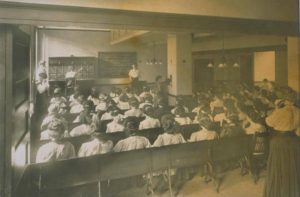
Connecticut’s First Female Telephone Operator – Today in History: March 24
On March 24, 1879, Marjorie Gray became Connecticut’s first female telephone operator.
ReadMore Articles




